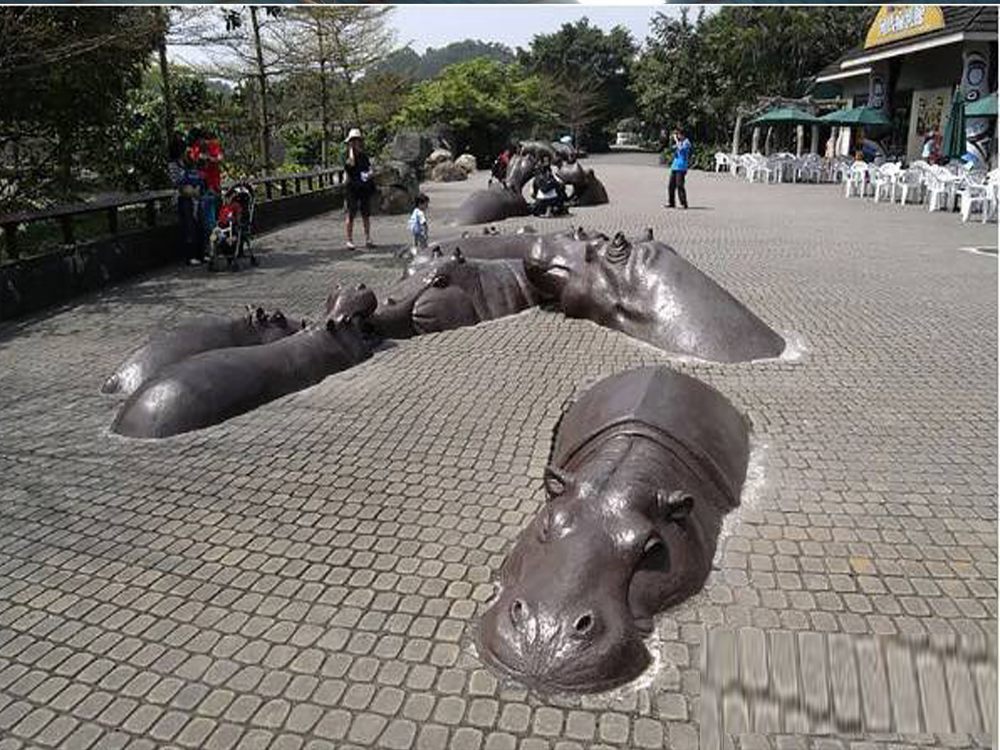
Stone sculptures, as enduring artistic expressions, undergo dynamic interactions with seasonal changes in outdoor environments. Each season brings unique challenges and transformations to these timeless pieces.
In spring, increased moisture from rain can seep into porous stone, potentially causing cracks when temperatures fluctuate. Summer's intense UV rays may fade pigments in colored sculptures, while heat expansion stresses the material. Autumn leaves and organic debris can stain surfaces or promote microbial growth if not cleaned promptly.
Winter poses the most severe threats. Freeze-thaw cycles are particularly damaging—water penetrates microscopic cracks, freezes, expands, and gradually fractures the stone. Repeated cycles can cause significant structural damage over time.
Different stone types respond differently. Soft limestone weathers faster than granite, while marble may develop a desirable patina. Proper placement (elevated bases to avoid ground moisture) and seasonal maintenance (gentle cleaning, protective waxes) can mitigate these effects.
Interestingly, some artists intentionally incorporate seasonal changes into their work, allowing nature to gradually modify sculptures as part of the artistic process. This interaction between art and environment creates living pieces that evolve with time and seasons.
Understanding these interactions helps collectors and curators implement protective measures while appreciating how nature collaborates with human creativity in outdoor sculpture displays.

